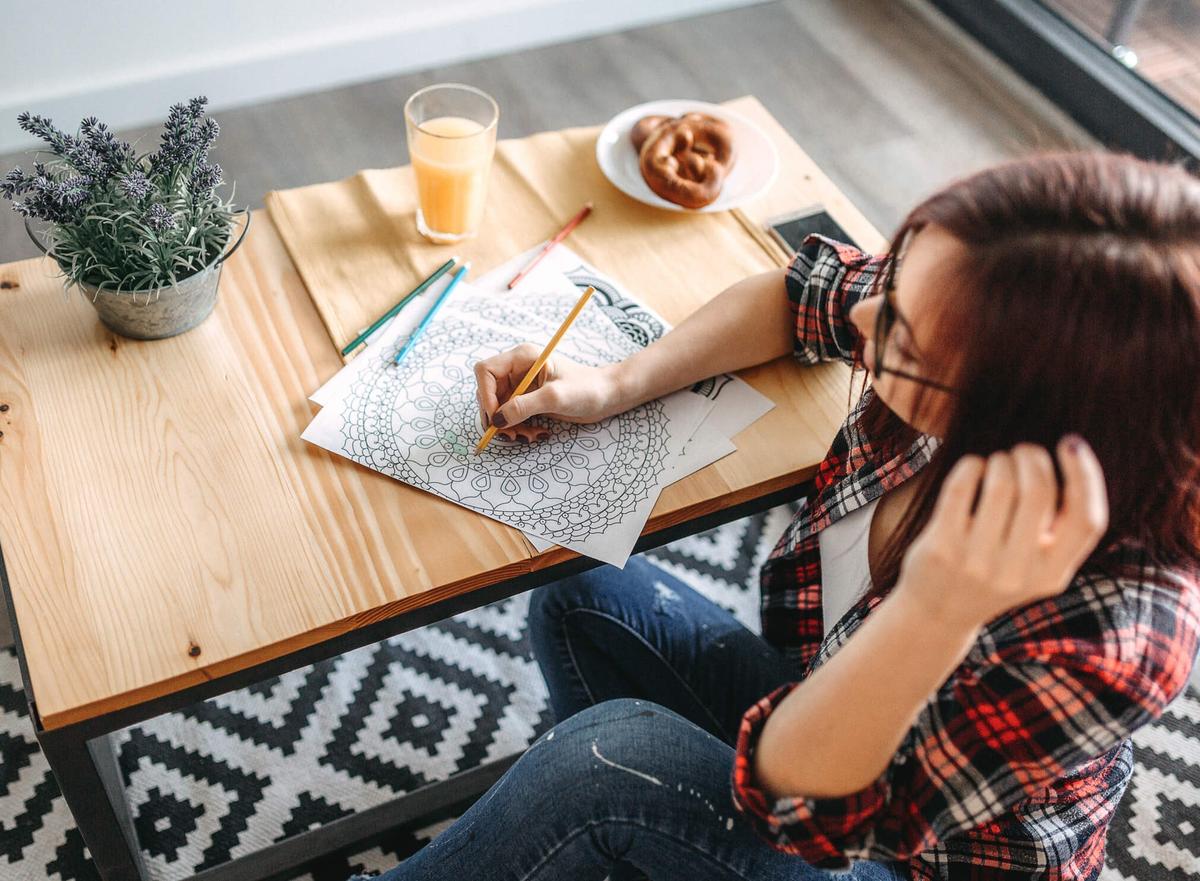Health & Wellbeing
Art and its Connection to Positive Mental Health and Wellbeing

Health & Wellbeing
Art and its Connection to Positive Mental Health and Wellbeing
Engaging in creative pursuits is much more than a pastime. There is an increasing amount of scientific evidence that proves that creative art activities can positively contribute to positive mental health and wellbeing.
It can be a challenge to put feelings into words when experiencing difficult emotions. The simple act of taking part in a creative endeavour may help to reduce feelings of anxiety or distress and create an opportunity for expression, balance and connection.
Creating art enhances brain function with an impact on brain wave patterns and emotions, the nervous system, and can actually raise serotonin levels. Making art can lower stress and anxiety and has the ability to change a person’s outlook and the way they experience the world. The good news is, we can all do it!
Things to remember when pursuing art for positive mental health:
The whole point about engaging in art to improve your mood or as an escape, is that you don’t have to try too hard. You’re not trying to create something perfect, or right, or better than anyone else, you’re simply exploring what happens when you use the creative part of your brain.
Unleashing your feelings through art can help relieve stress that might otherwise be trapped in your body.
Some craft based activities demand the sort of focus and repetition that encourage a state of ‘flow’. Meditation and mindfulness work in a similar way.
Something as simple as doodling can interrupt negative thinking and help re-set your brain.
A simple activity like drawing can slow down time and help you filter out the ‘noise’ in your head.
Research has indicated that the outcome or perceived quality of the “artwork” is irrelevant to the level of reported positive outcome for the participant, the process of engaging in art is what is beneficial, not how successful the individual is as an artist.
Even something as simple as taking a picture on a mobile phone can provide the tools to express powerful emotions.
Here are some examples of how engagement in visual and performing art can benefit mental health and wellbeing.
Traditional art:
Painting, drawing, sculpting, colouring and Mandalas
Craft:
knitting, needlework, woodwork, crochet, pottery, macrame and weaving
Traditional aboriginal art:
Digital art, Paper art, Origami and Flower arranging
Photography:
Using your mobile phone is a great place to start
Dance:
Film:
Writing:
Music: listening to, writing and performance
Gardening:
Culinary arts:
Hair:
Make up, beauty and Textiles
Costume design:
Cosplay


Please see the following links for more information:
Recognising the importance of the arts in mental health, Australia’s Black Dog Institute has teamed up with the Art Gallery of NSW to produce a series of webinars designed to connect people with art.
Culture dose: Joy in everyday life :: Art Gallery NSW
Mental Health – The Facts - The Photography Movement
Art for positive mental health can benefit anyone and everyone who is willing to give it a try. It does not need to be used as a reactive approach to stress or overwhelm, it can be a great regular and proactive activity that anyone can benefit from and enjoy.
Yours in friendship
Rachel Smith | College Counsellor